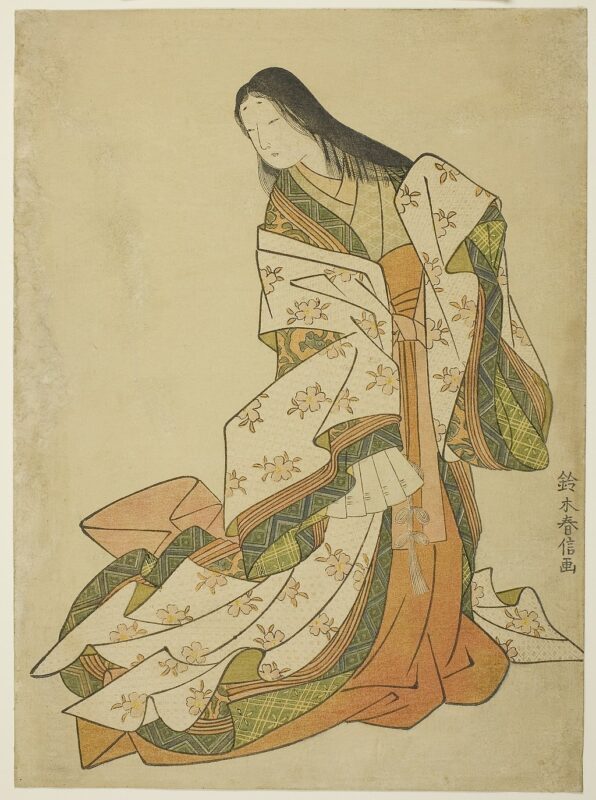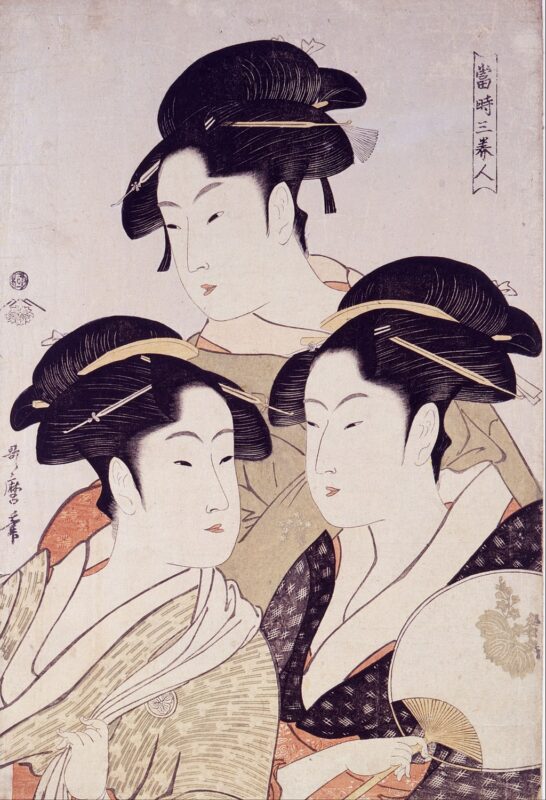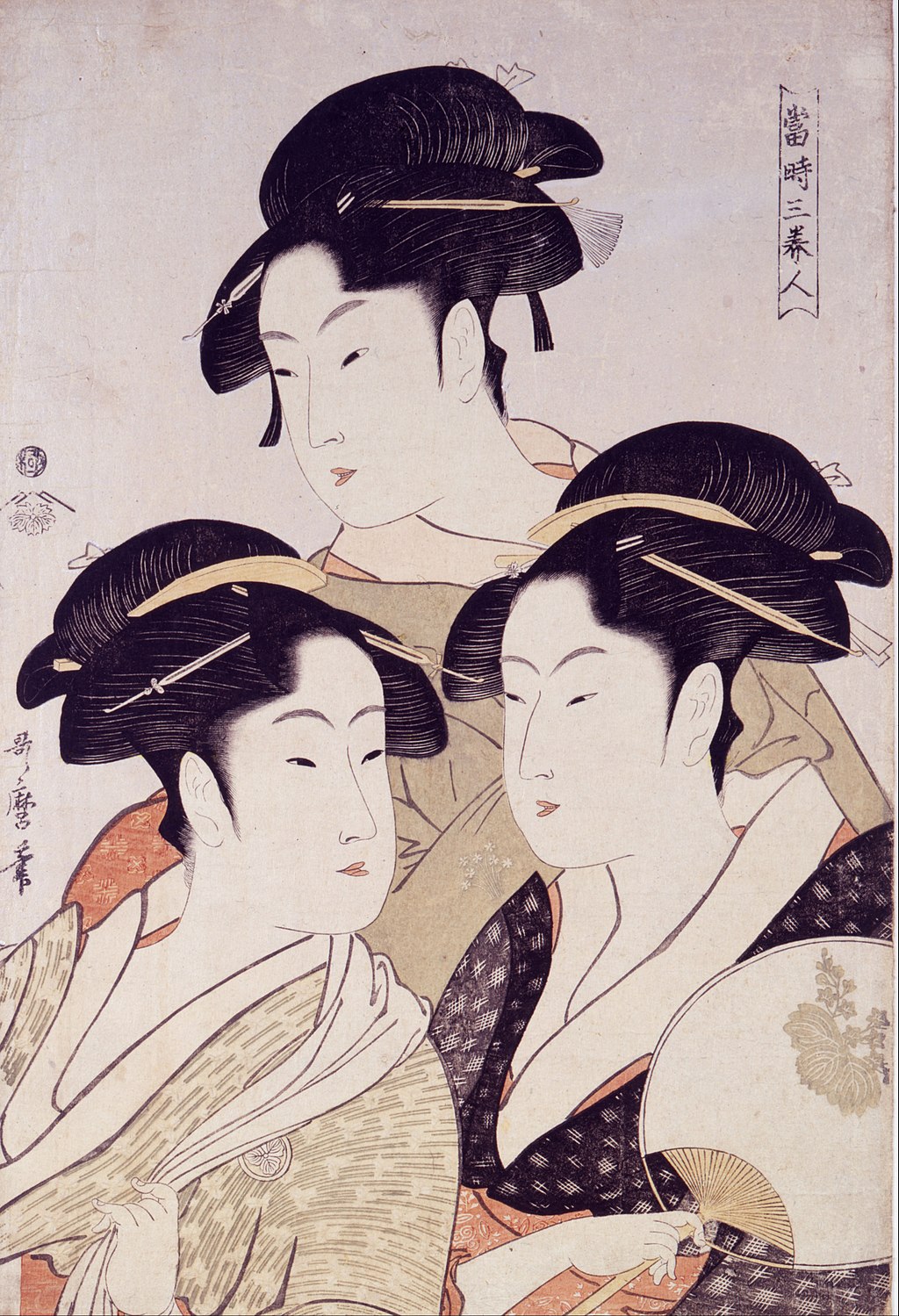“Why do Japanese want to be white?”
My boyfriend asked me at dinner yesterday.
He said that there was a session about racism – the privilege of white men in the world or something like that – in an online meeting at work. I don’t know what kind of people joined in that session, but there was a Filipino woman in the group who said, “I think the reason why non-white people want to be white is because they wanted to be seen to be rich like their colonisers.”
My boyfriend thought, “That’s not necessarily true.”
He felt there was something not completely accurate in that statement, but because he was a white man, he was not comfortable expressing his honest opinion. That’s why he swallowed it.
Admiration for white skin in Asia
The Philippines used to be colonised by Caucasians, so what she said might be a part of the reason why they like to have white skin. However, it’s not just Filipinos and Japanese who are attracted to white skin.
Almost everywhere in Asia, people want to be fair and not burn their skin. You will realise that when you travel to Asia.
For example, many Vietnamese women wear long sleeves, gloves and hats to protect their skin from UV rays, even on hot and humid days. Long sleeves are also common for the ao dai. I always think it must be hot.
In Myanmar people also uses a cream called “Thanaka” on their cheeks to protect their skin from sunburn. This may be because they don’t want to damage their skin by ultraviolet rays, rather than because they want to be white.
Anyway, in Asia, most of the actors on TV have paler skin than most of the people that you see on the street, which suggests that people think white skin is more beautiful than dark skin. I think it’s safe to say that many Thais, Indians and even Africans outside of Asia also want to be white.
In the contrast, there are many Westerners who want to be tanned and don’t want to have pale skin. Some Westerners love the sun and want to burn their skin as soon as the weather is nice.
It’s because being tanned is a symbol of wealth, I was told. People who stay pale give the impression that they are poor people who don’t have time to go on holiday and get a tan. That’s why celebrities and the rich are so keen to get their skin tanned.
Is admiration for white skin related to colonialism?
Let’s return to Asia.
When my boyfriend heard the Filipino say, “I think Asian people admire white skin because they wanted to be on the side of the rulers”, he thought, “That’s not true. Neither Japan nor Thailand have a history of colonial rule, yet they too are longing for white skin.”
After the Second World War, Japan was occupied by the American government from 1945 to 1952. Apart from that, we have never been colonised by a foreign power. Thailand is a unique country in Asia to have escaped from colonialism.
So, why are Japanese people so fascinated by white skin?
“A white skin hides other flaws”
I said “Japanese people want to be white”, but in fact, I believe that more Japanese women than men want to have fair skin. Perhaps now, there may be more men and other genders than before who want to be whiter, as gender equality is on the rise.
In Japanese, people say “色の白いのは七難隠す(Iro no shiroi nowa shichinan kakusu): A white skin hides seven wounds”. I think it is mainly talking about women. That means, “A fair skin hides other flaws and allows you to look beautiful. You can imagine how important white skin was (or is) as a criterion of beauty.
Long before the world wars, as far as I know, all the women depicted in pictures of beautiful women had white skin. That means how long ago it was that fair skin was considered a prerequisite for beauty. Why is that?
One of the reasons is that in Japan and other Asian countries, white skin was a symbol of wealth.
The beauty in the Heian period
Ono Komachi (birth and death date unknown), who lived in the Heian period (794-1185), is said to be one of the most beautiful women in the history of Japan. Let’s look at her picture.

- White skin
- Plump (with a blistered face)
- Long black hair
- Smaller eyes and nose
These were the requirements for a Heian beauty.
You may be surprised that plumpness was favoured. Small, slit eyes and a small nose were also considered beautiful, probably because the parts of the face looked smaller because of the fatness of the face.
The beauty in the Edo period
If we go down in time a little and look at some of the beautiful paintings of the Edo period (1603-1868).

Even in the Edo period, the basic requirements for a beautiful woman seem to have remained the same.
In the modern era, a slim figure and face are considered more attractive than a plump body. It is now preferable to have big eyes and a higher nose rather than small eyes and nose.
However, in all ages, white skin has always been a requirement for a beautiful woman. Why is this the case?
The reason why Japanese people want to be white
In the Heian period (794-1185), Japan’s oldest full-length novel “The Tale of Genji” and Japan’s first essay “The Pillow Book” were written. All of this literature was born out of the lives of the aristocracy.
There is no doubt that the ordinary people’s longing for the glamorous life of the nobility was strengthened through such literature. One of the characteristics of the aristocracy was their “white skin”. In other words, for us Japanese, white skin was a symbol of wealth.
At the same time, plumpness was popular because it was also a symbol of wealth. I’ve heard, not so long ago, there was a time when being fat was seen as a sign of beauty in China too.
Interestingly enough, even aristocratic women, who did not have to work outdoor like peasants and did not get tanned, had been strongly fascinated by “white skin”.
This was evidenced by the fact that even in the palace, where the sun did not shine, they would apply whitening powder called ‘Oshiroi’ to make their skin look whiter.
‘Oshiroi’ at that period was a much poorer quality product than today’s cosmetics. It would have flaked off easily when they laughed, and would have caused severe skin irritation with continued use. Why would they want to have white skin so much?
In those days, palaces were not well lit, and even in the daytime it was dark enough to need a light. Perhaps, they wanted to look to be pale because they knew that men would be attracted to the sight of white skin in the dark. White skin was not only a symbol of wealth, but it was also an element of sex appeal, and it might still be now.
In modern Japanese literature, many works also describe the beauty of a woman’s white skin emerging from the darkness.
Black hair, white skin and dark eyes are the elements of the sexiness of Japanese, and I feel that this has been the basis of our sense of beauty throughout the ages.



Comments